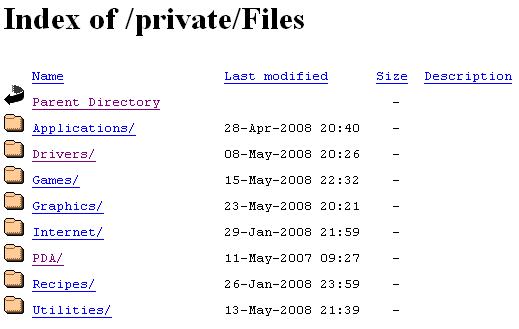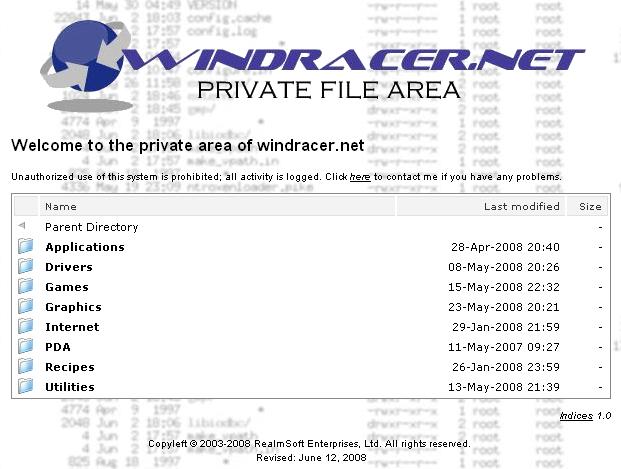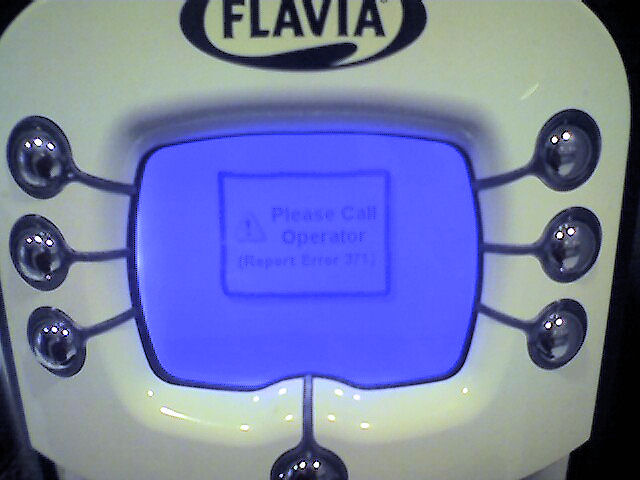A young couple necking in Van Cortlandt Park are taken at gunpoint to another location. She is raped while he is tied up in another part of the building. Then the two are put into the trunk of the car and dropped at different locations. The girl is dead…..the boyfriend is charged with murder.
“Raven” is a 1987 crime novel written by Mike Lundy (a pen name of Donald Bain, author of the “Murder, She Wrote” series). This is not my normal genre of reading but I picked up this book 20 years ago at the same library book sale where I got “Mission” so it came to me by random selection. When I was cleaning out my bookshelf and ran across “Mission” and “Raven” I decided to re-read them both.
Fred Raven is a New York City detective who, along with his partner Leroy (Lee) Higgins, is assigned to solve a string of rapes/kidnappings in Van Cortlandt Park. They’re both “good” cops, but aren’t above going slightly above/around/outside the law to get things done. They’re both family men, but aren’t above going outside of their marriages either (let’s just leave it at that ;-)). Their methods are unorthodox, but does that matter if the bad guys are caught? Mixed in with the main storyline are some various tales told (conversationally) by Raven and Higgins of their past cases and how they solved them, which gives the reader a background into their characters.
The book is an easy, straightforward read but be warned there are some graphic scenes and descriptions in it (probably not the kind of thing I should have been reading 20 years ago). Also, it takes place in the 80s so it’s a bit dated: when’s the last time you saw a detective use a pay phone in a bar to call his boss at the precinct?
Side note: four out of my first five WIJFR posts have all been about one-word titled books.



